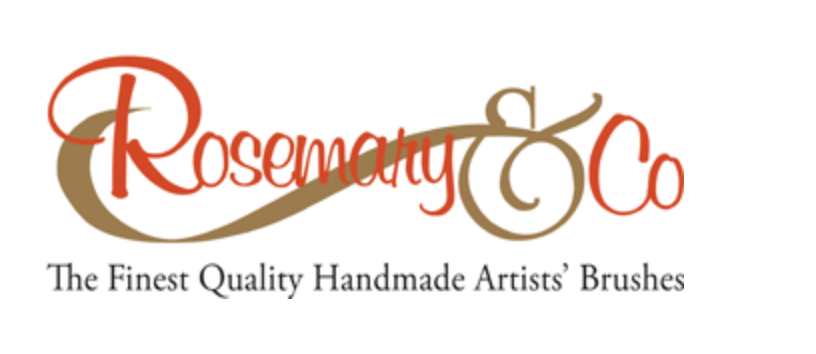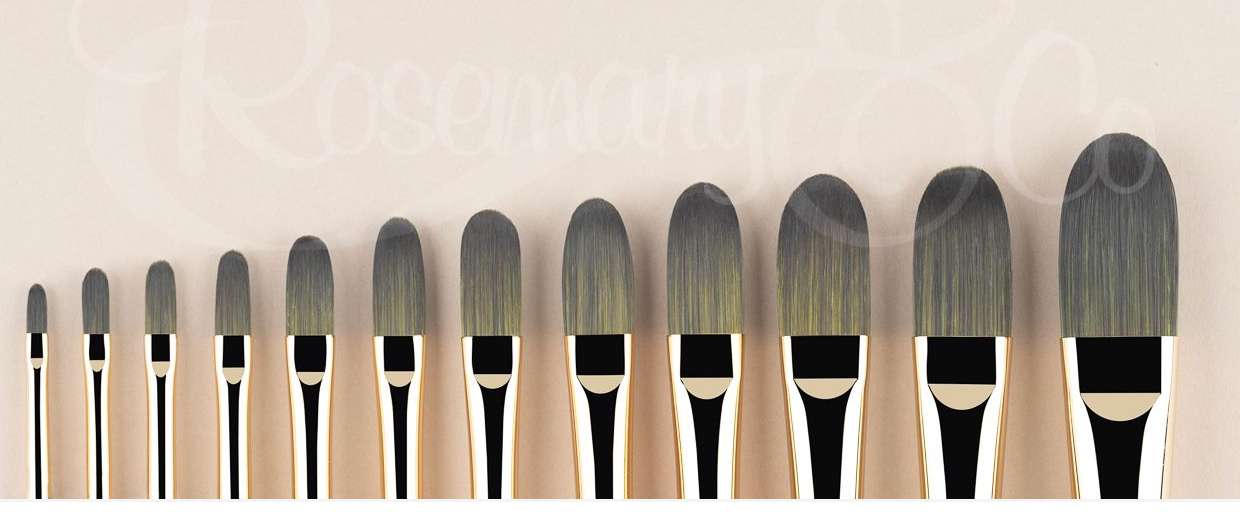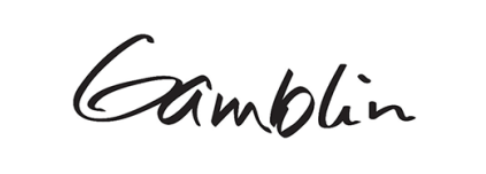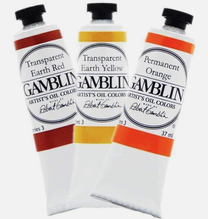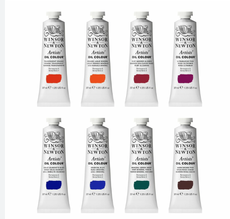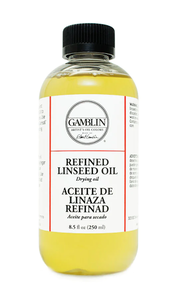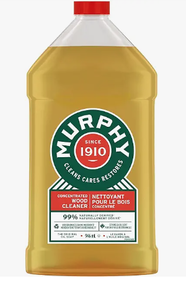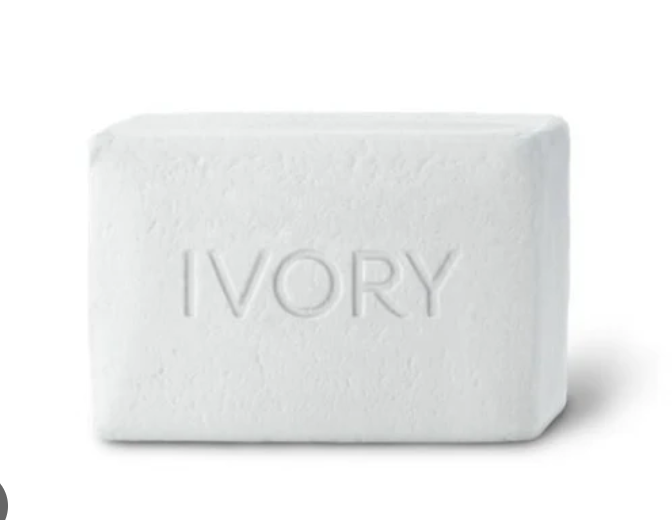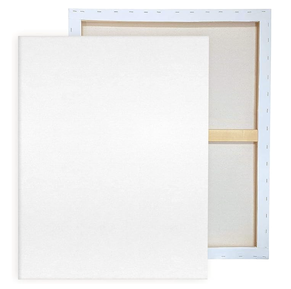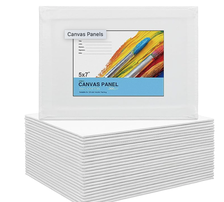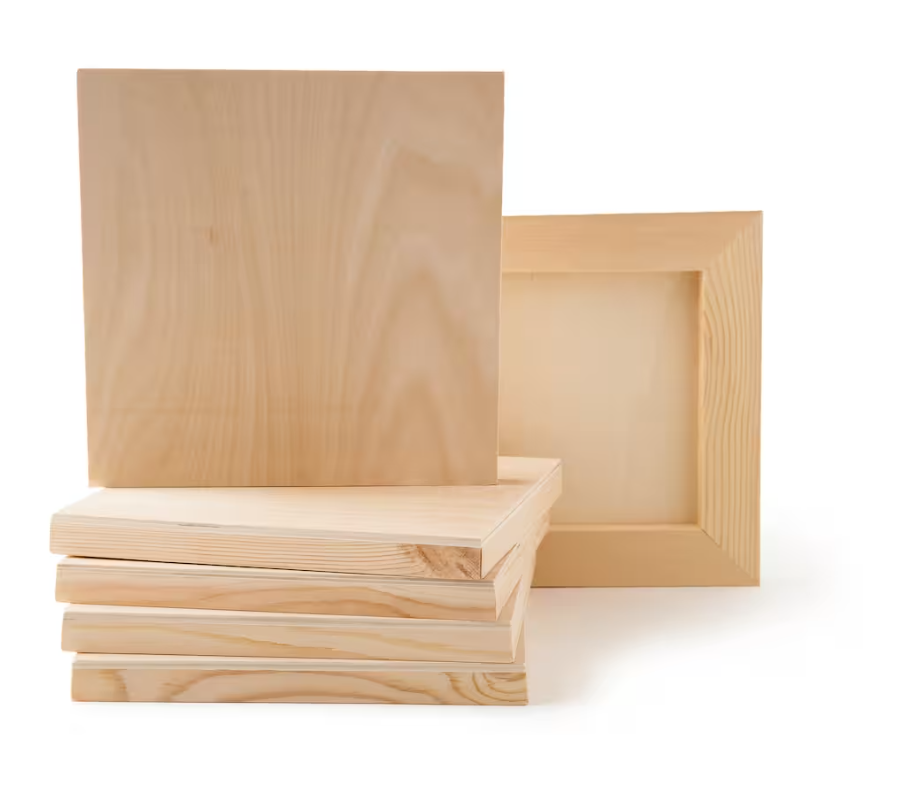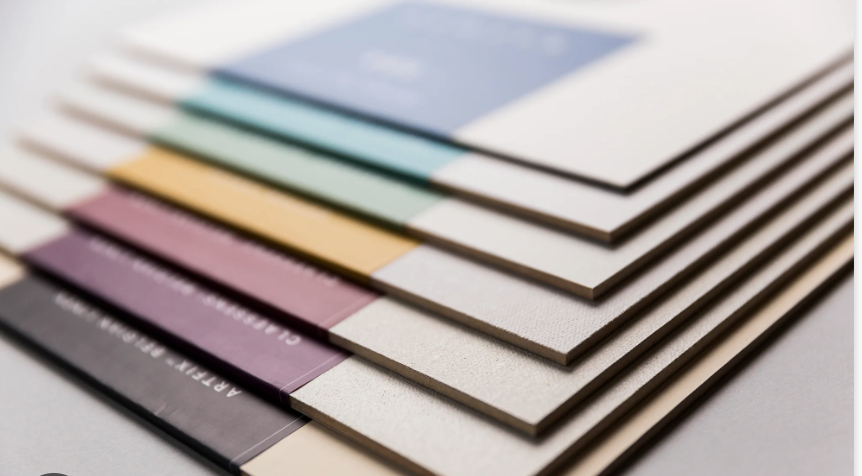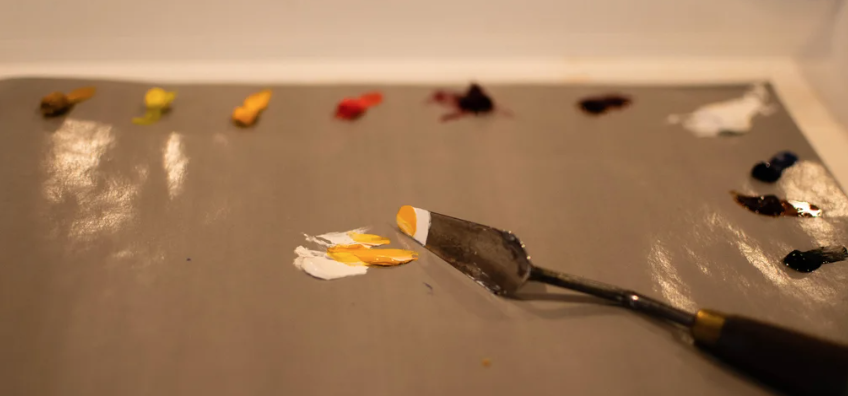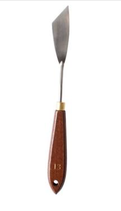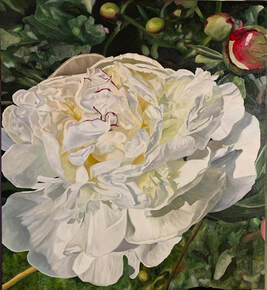Blog
|
First up, Rosemary and Co brushes. I was introduced to these brushes early in my fine art career and I wrongly had the idea that they were elite and out of my reach, simply because they were handmade brushes from the UK. I was so wrong. These brushes are reasonably priced, arrive quickly and the shipping is inconsequential, in my mind. Honestly, they have been a game changer to my art career. They are literally the only brushes that I use. These brushes last and last. They keep their shape and clean up really nicely. I'm a bit hard on brushes so they do start to flare after some time, nothing a little trim can't sort out. Love, love, love Rosemary and Co Brushes. If you would like to purchase Rosemary and Co Brushes I am an affiliate. It you use this code: CEART2024 and I will receive a little bonus from Rosemary. Here is their website. https://www.rosemaryandco.com/ Secondly, good paint. I have two brands that I'm using at the moment. I have chosen the artist grade version with both these brands and have been really pleased with the quality. There is a student grade paint available, which is slightly less expensive. I would rather purchase the professional grade feeling like the pigmentation is a bit more robust than the student grade versions. 3rd cleaning/thinning ingredients. Linseed is the carrier oil that the manufacturers use to suspend the paint pigments in. I use linseed oil to thin my paint, if needed, to clean my brushes and palette. If I have brushes that have gotten a bit stiff from incomplete cleaning then I soak them in Murphy's oil soap overnight. Then with a thorough wash and an extra clean with Ivory soap the brushes get a light steam over the kettle to restore the shape and away we go. One thing I'm very clear about.... I want to safeguard my health by not introducing anything harmful such as solvents, turpentine etc. Traditionally these substances have been used causing serious health issues. Without the harmful solvents there is still toxic elements in the paint itself. Zinc white, cobalt, and cadmium paints are the major culprits. I'm committed to not eating my paint, therefore reducing my risk. I'm being funny here. One thing many artists may not consider is putting their brush in their mouth while they contemplate their next move. A mentor of mine had two of her instructors die prematurely from exposing themselves to paint materials by putting their brushes in their mouth. So sad. If you visit my studio, your first reaction might be "Wow!, she must have tidied up before I arrived." Not so. I am a very tidy painter. If I get a dot of paint on me once a month, I'd be surprised. I'm very tidy. The only mishap has been when I knocked over my linseed container. Now that was a mess. I don't like mess. I don't like getting my hands dirty, well other than gardening. Juicy oranges that drip all over the place are not for me. Surfaces. 1) My first choice is stretched canvas over a wood frame. I really like the feel of the surface and with my little woodshop I can produce unique sizes and stretch my own canvas. 2) Cradled board. I have dabbled using this surface and have a big painting coming up using a cradled panel. I'm less familiar with this surface and looking forward to exploring how it feels under my brush. 3) Canvas covered board. I used these often in school because they were inexpensive and had the same surface feel as the stretched canvas. I rarely use these now, other than for small studies or practice pieces. 4) Raymar is one company that produces gorgeous boards with various thicknesses and surface treatments. I have only begun to explore raymar boards. I'll tell you how it goes once I get a better feel for them. Some people love them, particularly if you go outdoors to paint. They are much easier to transport than a full sized canvas. Palette I use a glass palette with a neutral piece of paper underneath. The paper helps to see the colours on the palette accurately. The wood table that my palette sits on would create a brown colour that would influence how I see the colours I'm mixing. I use an angled palette knife to gather and mix the pigments that I'm using. I love colour mixing. It is so fun to fiddle with the subtle differences in colour to create amazing effects on the canvas. I think that's about it for items I use in my studio. I hope you have enjoyed this window into my tools. It's lovely to have such a simple kit and one that is so versatile. This is my latest creation using the tools I've just introduced to you. What fun to create such beautiful paintings. This one is titled "Poppa's Peonies" 30 x 33" Oil on canvas and has been sold.
Let me know if you have any questions. You can message me at this link [email protected] |
Loading... Archives
June 2024
|
|
Join my VIP email list. First access to new work. Relevant content only, spam free. ↓ |
